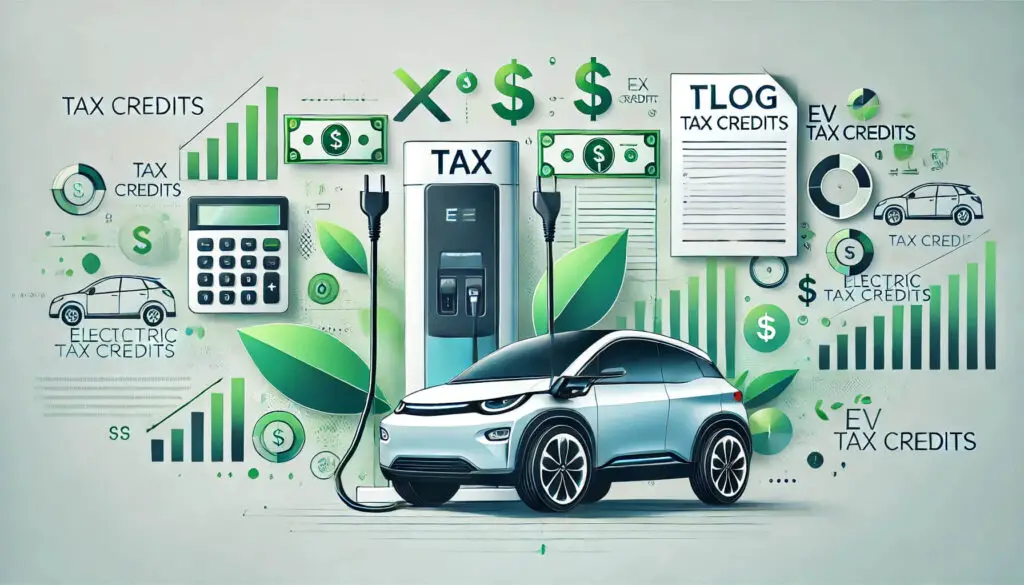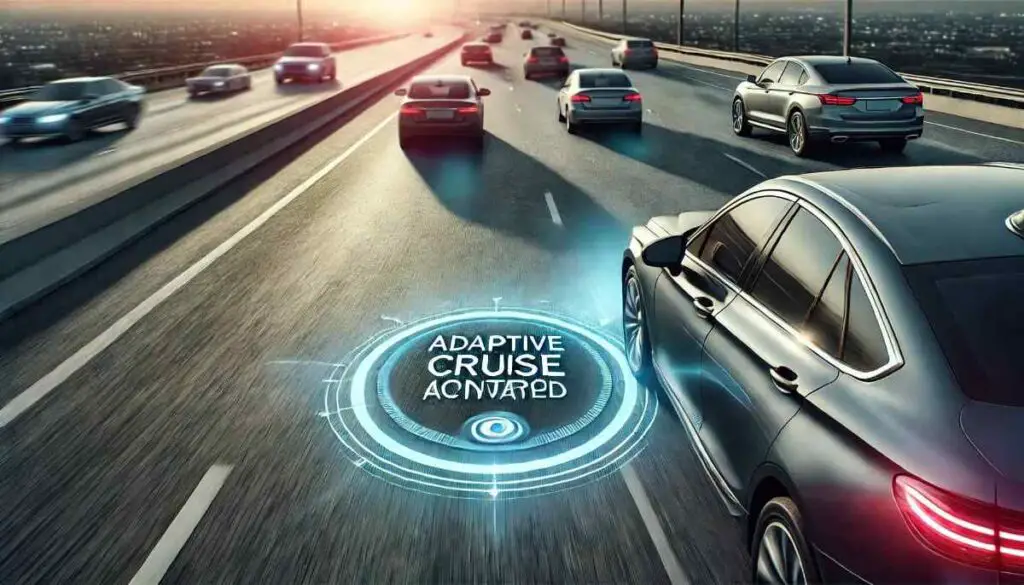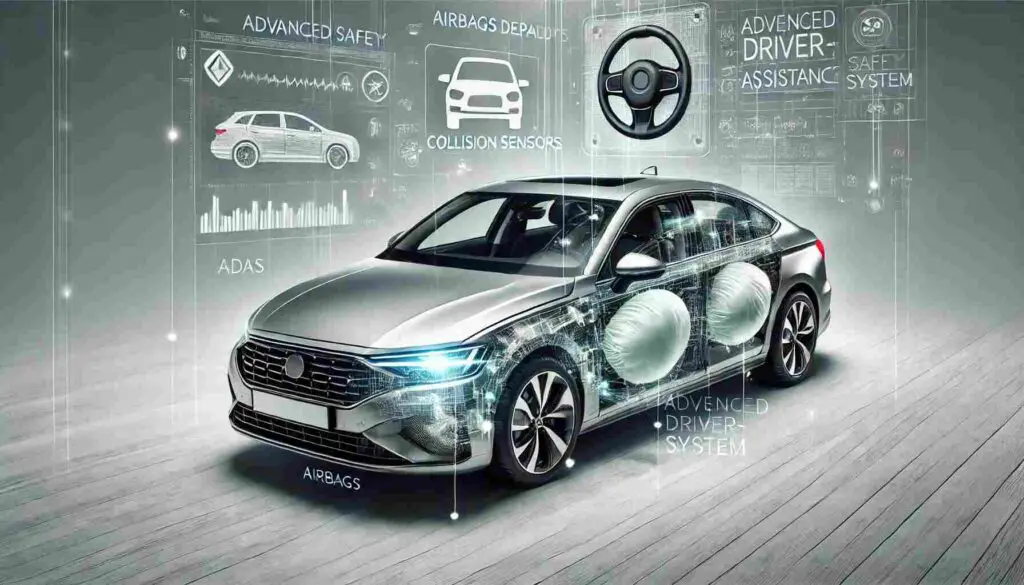Introduction to the Inflation Reduction Act (IRA) of 2022 and Its Impact on EV Tax Credits
The Inflation Reduction Act (IRA) of 2022 introduced several key initiatives aimed at reducing inflation and accelerating the transition to clean energy. Among the most impactful provisions is the overhaul of the electric vehicle (EV) tax credit system. This guide provides a deep dive into the updated eligibility criteria and credit amounts for both new and used electric vehicles, ensuring that consumers fully understand how to take advantage of these benefits.
How the IRA Influenced the Evolution of EV Tax Credits
Historical Context: The Growth of EV Tax Credits
EV tax credits have been a staple of U.S. policy for years, aiming to stimulate electric vehicle adoption and reduce the nation’s carbon footprint. Initially, these credits were based on a manufacturer’s sales threshold, with the amount available varying between $2,500 and $7,500. Over time, changes in policy and the advancement of EV technology led to the introduction of stricter guidelines in 2022 under the IRA, which not only updated credit amounts but also added new eligibility requirements.
Role of the IRA in Shaping EV Tax Credit Guidelines
The IRA of 2022 represents a significant shift in EV policy, promoting sustainable transportation through expanded incentives. Key changes included a focus on battery sourcing, North American manufacturing, and income limits, ensuring that tax credits prioritize domestic production and support the broader transition to clean energy.
EV Tax Credit for New Vehicles: What You Need to Know
Credit Amount: Up to $7,500 for New EVs
The IRA offers tax credits of up to $7,500 for new electric vehicles, depending on the vehicle’s battery composition and sourcing of critical minerals. This represents a major step in promoting the adoption of zero-emission vehicles across the United States.
Eligibility Requirements for New EVs
To qualify for the full $7,500 credit, a new EV must meet the following criteria:
- Vehicle Price Cap: New EVs must meet a price cap to ensure affordability. For sedans, the MSRP cannot exceed $55,000, while SUVs, trucks, and vans are capped at $80,000.
- Manufacturing Location: The IRA prioritizes EVs manufactured in North America. Additionally, the sourcing of critical minerals must meet stringent requirements, focusing on minerals sourced from the U.S. or its trade partners.
- Battery Sourcing: A significant portion of the vehicle’s battery must be sourced from North America, and specific thresholds for critical mineral sourcing must be met.
Eligibility Criteria for New EVs: A Detailed Breakdown
Vehicle Price Cap: Understanding the MSRP Thresholds
As part of the IRA’s push for affordability, the price caps for new EVs are designed to target vehicles within a certain price range. Consumers looking to qualify for the EV tax credit must be mindful of these limits to ensure their purchase is eligible.
Battery Sourcing and Critical Mineral Requirements
The IRA enforces strict sourcing rules for the critical minerals and components used in EV batteries. These minerals—such as lithium, cobalt, and nickel—must come from the U.S. or approved trade partners. The goal is to reduce reliance on foreign suppliers and promote North American energy independence.
The Role of Battery and Critical Mineral Sourcing
Battery Component Requirements: Key Sourcing Criteria
A significant portion of the credit eligibility is determined by where the EV’s battery components are sourced from. For an EV to qualify for the full credit, at least 40% of its battery components must be manufactured or assembled in North America. This is a gradual requirement, increasing over the years, but it encourages U.S.-based production and the development of a domestic clean energy supply chain.
Examples of Critical Minerals and Their Sourcing Requirements
Critical minerals such as lithium, graphite, and cobalt are key to the EV battery supply chain. To meet the IRA’s sourcing criteria, these minerals must come from North American mines or countries with which the U.S. has trade agreements.
EV Tax Credit for Used Vehicles: What You Need to Know
Credit Amount: Up to $4,000 for Used EVs
For used electric vehicles, the IRA provides a tax credit of up to $4,000. This makes it more affordable for consumers who want to enter the EV market but are not ready to purchase a new vehicle.
Eligibility Requirements for Used EVs
To be eligible for the used EV tax credit, the vehicle must meet several criteria:
- Price Cap: The sale price of the used EV cannot exceed $25,000.
- Age of the Vehicle: The used EV must be at least two years old from the date of its original sale.
- Income Limits: To qualify for the used EV credit, buyers must meet certain income thresholds, ensuring the program benefits middle- and lower-income households.
Income Limits for EV Tax Credits: Key Considerations
General Income Limits for New and Used EVs
The IRA includes income caps for both new and used EV tax credits. For new vehicles, the adjusted gross income (AGI) limit is $150,000 for individuals, $225,000 for heads of households, and $300,000 for joint filers. For used vehicles, the AGI limits are $75,000 for individuals, $112,500 for heads of households, and $150,000 for joint filers.
Exceptions to Income Limits Based on Filing Status
Certain exceptions apply based on filing status. The eligibility for individuals with higher incomes can vary depending on the number of dependents or if they meet specific criteria for head-of-household status.
Manufacturer Caps and Their Impact on EV Tax Credit Eligibility
What Are Manufacturer Caps?
Manufacturer caps refer to the maximum number of tax credits that can be claimed by a manufacturer per year. Once a manufacturer hits its cap, its vehicles no longer qualify for the tax credit. This cap is set at 200,000 units per manufacturer, but with recent policy changes, the IRA aims to phase out this cap for most automakers by 2023.
How Manufacturer Caps Affect Your Eligibility
Consumers should be aware of whether their preferred EV manufacturer has reached its cap. If so, they may no longer be eligible for the credit on that vehicle.
State and Local EV Incentives: Maximizing Your Benefits
How State and Local Governments Offer Additional EV Incentives
In addition to the federal tax credit, state and local governments offer various incentives to further promote EV adoption. These include rebates, tax credits, and even exemptions from sales tax. These programs vary significantly by location, so it is crucial to research state-specific offers to maximize savings.
Popular State-Specific EV Incentives
California, New York, and Colorado, among other states, offer additional financial incentives to EV buyers, including rebates, access to carpool lanes, and discounts on charging infrastructure. Each state has unique eligibility requirements, which should be reviewed alongside federal guidelines.
How to Claim Your EV Tax Credit: A Step-by-Step Guide
Required Documentation
To claim the EV tax credit, you must provide proof of purchase, including the purchase agreement, vehicle identification number (VIN), and any applicable receipts for battery components. These documents should be submitted with your tax return.
Key Deadlines to Remember
Tax credits must be claimed for the year in which the EV is purchased. Ensure you file your tax return by the deadline, typically April 15th, to avoid missing out on your credit.
The Future of EV Tax Credits: Potential Changes and Technological Advancements
Potential Changes in EV Tax Credit Policies
While the IRA has introduced significant changes, future administrations may further adjust the program to better align with the evolving EV landscape. Technological advancements in battery technology and renewable energy integration may lead to new tax credit provisions.
Impact of Technological Advancements on Eligibility
The increasing efficiency of EV batteries and the growing infrastructure for clean energy may further influence eligibility criteria and the availability of credits.
Conclusion: The Growing Importance of EVs in the Future of Transportation
The IRA of 2022 has played a pivotal role in shaping the future of electric vehicle adoption in the U.S. By providing substantial tax incentives, both for new and used EVs, it ensures that consumers are well-supported in their transition to cleaner, more sustainable transportation options. Stay informed on the latest updates, consult with tax professionals, and take full advantage of these benefits to contribute to a greener future.







